Investing in whiskey might sound like a joke to a lot of people, but it’s very real. It’s also a little less straightforward than, say, buying a gold bar. Though not by much. Whiskey is a commodity like any other — artwork, classic cars, crypto — that can appreciate or depreciate over the years, with a sale value that rises or declines based on the whims of the people who buy it. It’s a very real market with a lively trade.
In fact it’s not uncommon these days to see headlines like “Liquid Assets: Why Now Is The Time To Start Investing In Whiskey,” “Investing in maturing Scotch whisky can achieve high returns” or “Drink up! Whiskey investing brings huge returns.” Moreover, Forbes reported just last December that the “benchmark index of rare whiskies” recorded a whopping 564% increase over the last decade. Gold, on the other hand, increased by a mere 360% over the same time period, and you can’t even drink it.
Look, we get it, that’s a lot of intangible myth-making and throwing around of numbers for a product that was originally designed to just pour down your throat. But in reality, there’s a massive market for both bottles and barrels that are pretty much created for investment/collecting to turn a profit in the near or distant future. Certainly you can just drink this rare and expensive stuff too, but you might literally be pissing away a year’s college tuition in 2040.
To help us figure all of this out, I consulted a good friend of mine who’s also one of the foremost investment whisk(e)y experts in the entire world, Nate Gana. Gana and I judged at the San Francisco World Spirits Competition this year and have traded a bottle or two over the years. More importantly, Gana is on the cutting edge of who’s buying what, and which brands are making the spirits, barrels, and bottles that are actually going to be worth something two, five, 10, 20, or 50 years from now.
So let Gana and I guide you through getting into whiskey investing with a few, well eight, tips for the whiskey-investing curious.
“Dusties” Are Complicated
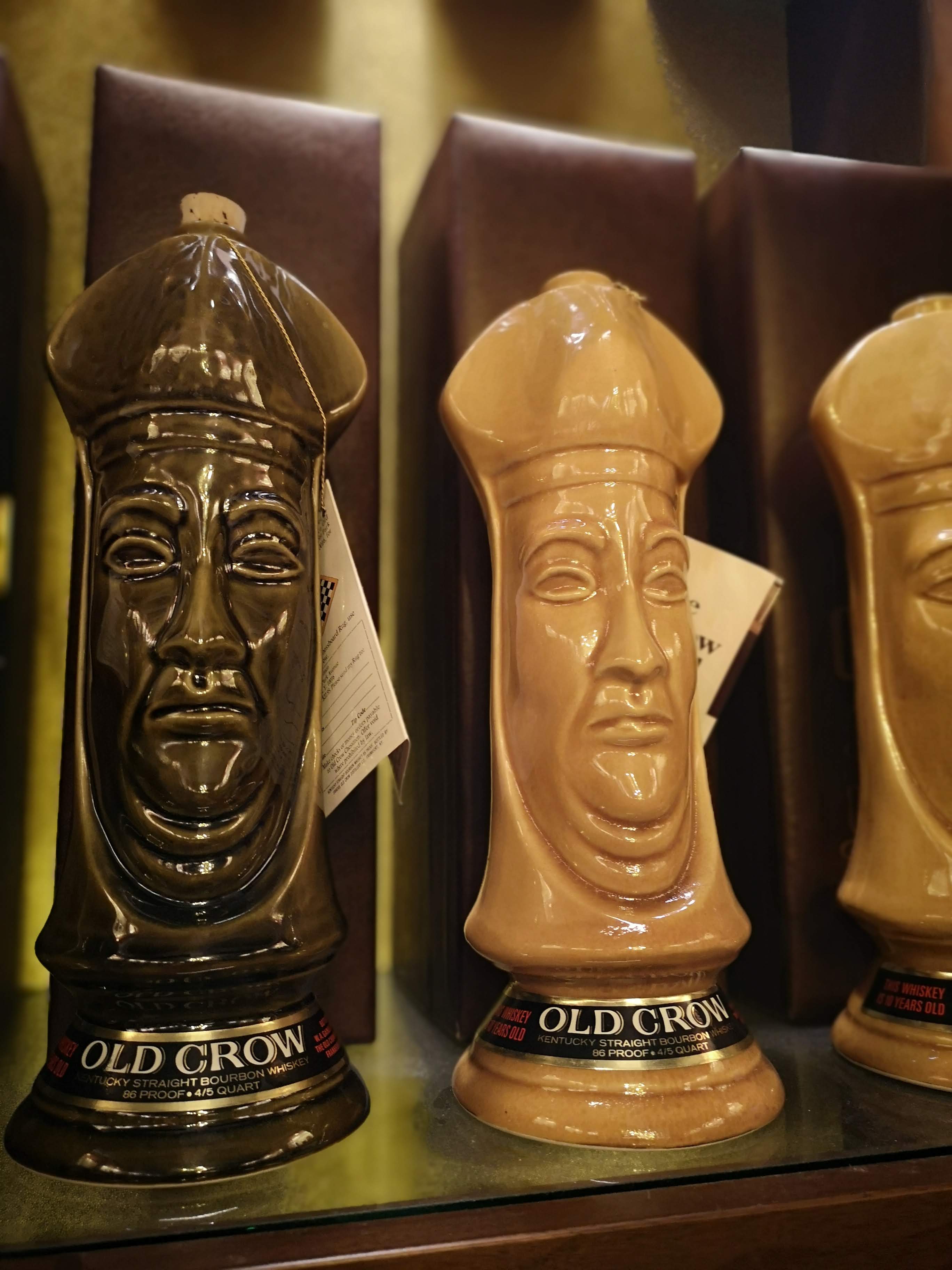
One of the first terms you are probably going to hear once you take your first step into this world is “dusties.” One part of that is that they’re talked about on all the whiskey podcasts and coveted by newbies. Another part of it is that shops like Justins’ House of Bourbon in Louisville and Lexington or online shops like The Whisky Exchange have done a great job curating collections of rare old bottles you can actually buy off the shelf right now.
But just because a cool old bottle is on The Whisky Exchange’s webstore or on the shelf at Justins’ doesn’t mean it’s a must-buy for an investor.
“Dusties are complicated,” Gana says. “Or at least they can be. Some dusties don’t necessarily appreciate too quickly in value.”
Gana offers an example, “Finding an old Glenmorangie oftentimes is more fun than valuable because the liquid is fantastic … but it’s not really one of those bottles that appreciates too quickly on the aftermarket.”
And there’s the rub. Fancy old bottles feel like a no-brainer but you have to be careful. One tactic I take, which I learned from Gana early, was to look for the bottles that are still open at high-end whiskey bars. If some bar in New York, Seattle, Louisville, or Glasgow are opening and pouring vintage whisk(e)y, that means there’s an ever diminishing stock of that vintage/bottle in the world. For instance, there are only so many Pappy Van Winkle’s left in existence that were made from barrels before the move to Buffalo Trace. They moved in 2002 and release 10, 12, 13, 15, 20, and 23-year-old expressions (and a 25 back in the day, but good luck there). Do that math. Finding a Pappy, in general, is one of those always sunny investments, but finding a pre-Buffalo Trace dusty is a play to make.
Naturally, there’s more to these dusties than just old Pappy. Gana has some tips, “There are some universal brands that are always hot like Macallan, Yamazaki, Hibiki, Pappy, Willett, Michter’s, Springbank, and Balvenie.”
You’re Going To Need To Stand In A Line (Maybe Overnight)
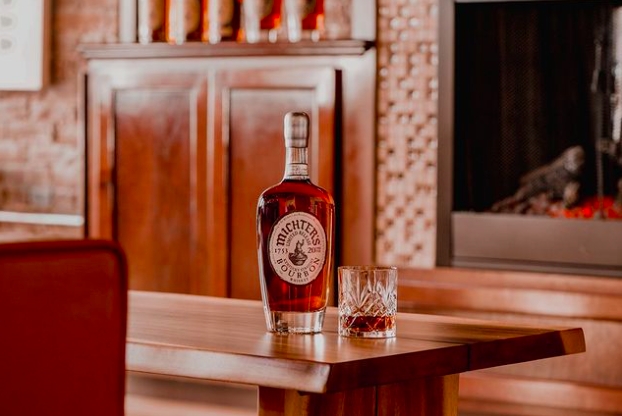
Standing in line overnight at a state-run liquor store is a right of passage for a lot of collectors and investors. State-run shops in places like Ohio and Virginia will put their allocations on the shelf at MSRP — or extremely near to — on a first-come, first-serve basis. Hell, I’ve heard of people who have distillery delivery truck times and routes in a spreadsheet from each of the main Kentucky distilleries mapped out so they know exactly when those bottles are hitting shelves.
That’s because lining up for a rare release is where you can make serious money down the road. But Gana warns that while it absolutely can be profitable, “it all depends on the release.” A good litmus is to look at how many bottles are being released, how often the release happens, and whether people are actually excited about it or not.
Another tactic Gana suggests are distillery-only releases. “A better bet nowadays is lining up for distillery exclusives at the distillery itself.”
He continues with a big tip, “Take the Bardstown Collection, for example, five unique releases within two days, at specific release times, to complete an incredibly rare set.”
Granted, to actually get that release you’d have to be in or near Bardstown with a lot of time to kill, but we may never see the Bardstown Collection again, or at least not that version. I know people who book rooms across the street from a distillery experience on Whiskey Row in Louisville to watch the bottle shop from their room’s window for when a line forms. That way they know when to run down and grab whatever special release is dropping. Why? Becasue it’ll be there at MSRP and not marked up.
Lastly, new Pappy releases (the line is released every year around October/November) usually don’t even make it to liquor store shelves. They’re released via a lottery to, well, avoid the chaos of people lining up for them. As for the lottery systems, Gana says this, “It’s always worth putting your name in the hat!”
Build Relationships At Local Liquor Stores
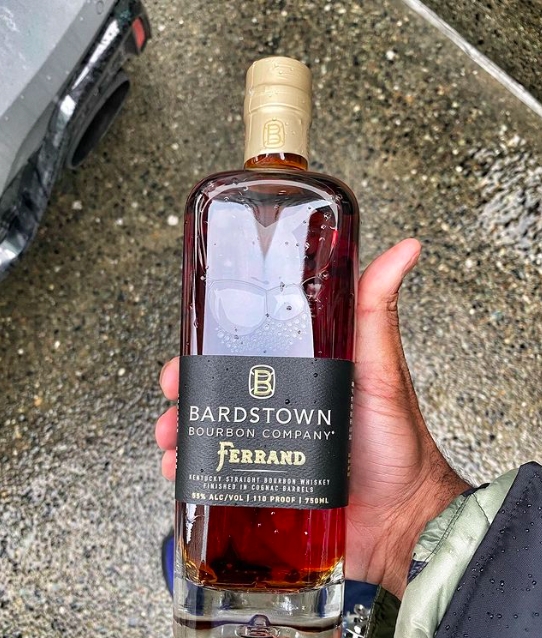
So how do you even know when to go line up at your local liquor store for that special release? You’ll need to talk to the people who run those stores, sign up for loyalty programs so that you receive store news, and, most importantly, focus on locally owned and run stores.
Gana is emphatic about this last point. “If it is a mom and pop shop, it’s very important to build a close relationship. Extremely important. I can’t stress this enough. The flip side is there is little to no loyalty at your local big-box store.”
As with so much in life, it’s about the relationships you make. That’s especially true when it comes to finding rare bottles at fair prices.
Build A Community For Buying, Trading, and Selling Bottles
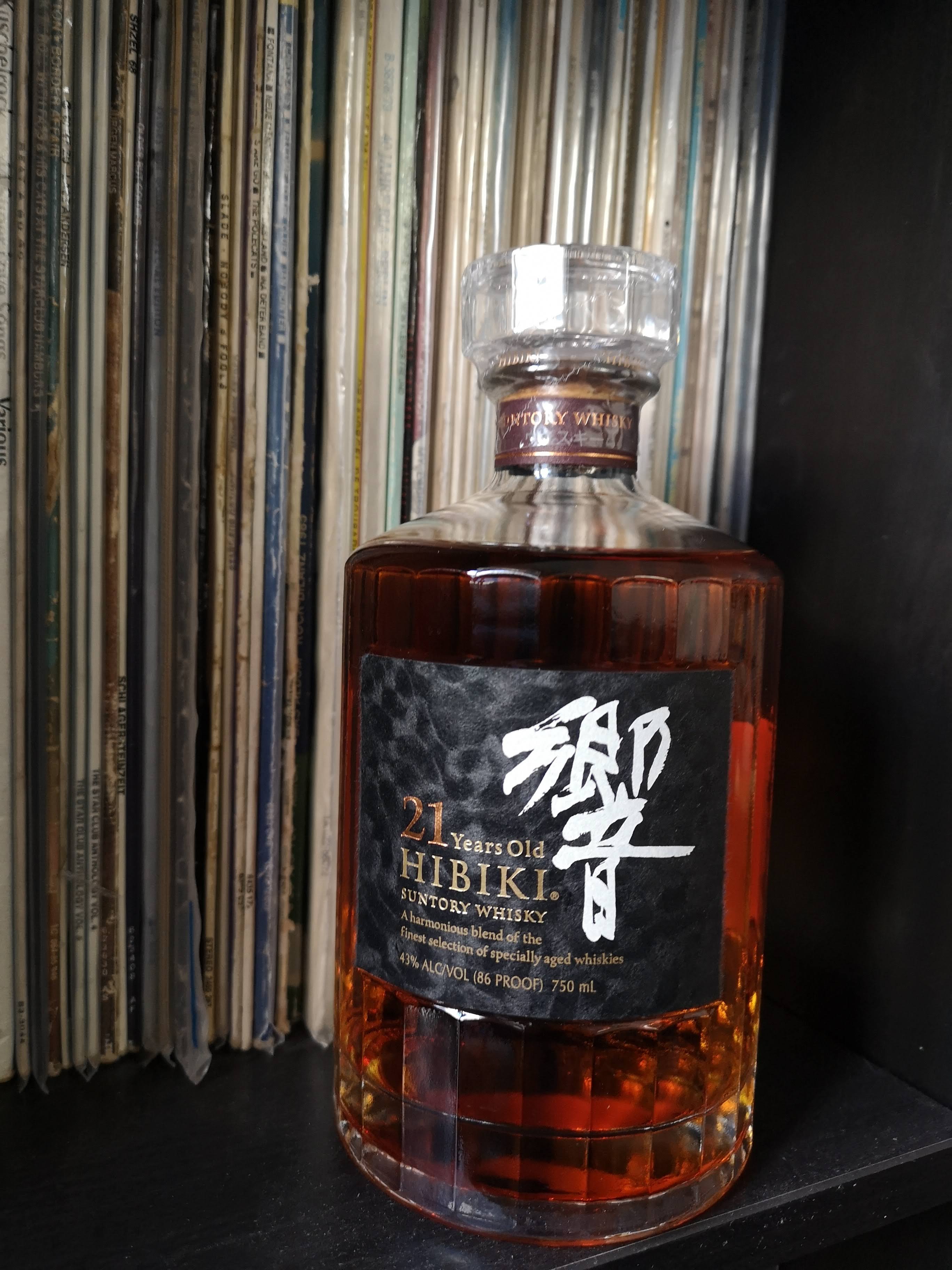
So you found a few bottles. Now what? This was something that always vexed me too. I would see some release and know that it was meant for investment but I had no contacts in that world. And there’s no stock exchange. There aren’t shops downtown I could just pop into like gold or silver exchanges. That means it is on you to research, reach out, and do a little digging.
Though it has become far easier than even five years ago, much less 10. “This part is becoming easier,” Gana says. “But it still is not common knowledge. Your best bet is to send bottles to the UK auction houses, or to Sotheby’s in NYC.”
Gana warns though that different brokerage houses will “charge different commissions on both ends for the buyer and seller.”
Beyond that, this really is about who you know, where you are, and what the market is looking for in relation to what you have. That said, I’ve bought and sold bottles to/from bars before, to private collectors, and just between friends. But that was after years in the industry and building those relationships.
Barrel Pick Vs. Buying A New Barrel
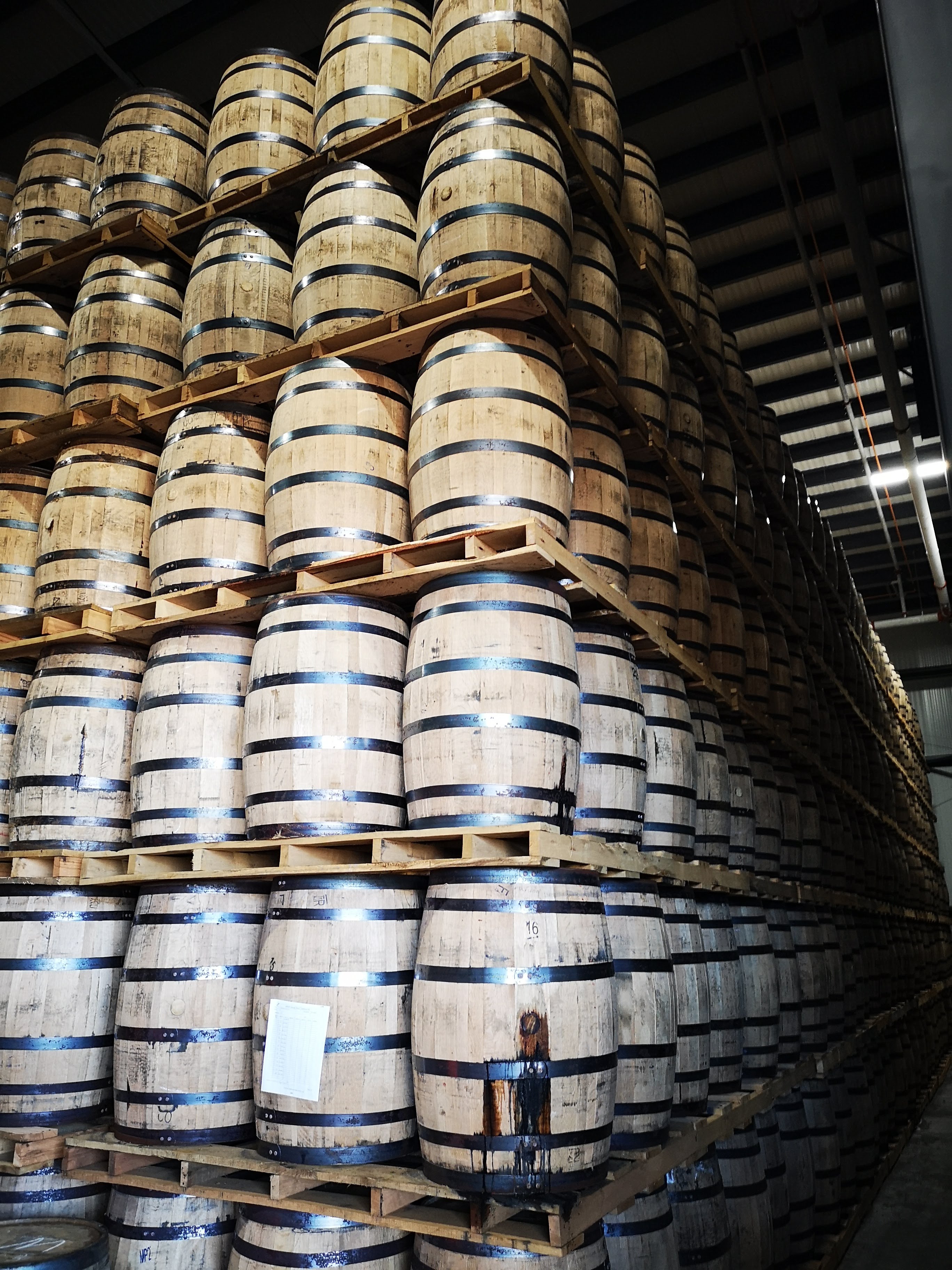
Beyond dusties and rare or limited releases, there are also barrels. This generally falls into two categories. A barrel pick means you’ll get 150 to 250 bottles from a barrel you pick that you then make some cash off via a charity or your business or selling via a whiskey club back home.
Then there’s buying a new-fill barrel that’ll be on the market in four, six, 10, 20, or 50 years from now. With both processes, each distillery will have its own team and rules for how they do both of these things.
These are two very different prospects though. For one, everyone is doing barrel picks these days. Bars, restaurants, every random whiskey club around the world, all the podcasters, influencers, stay-at-home dad clubs, music stars … everyone. Distilleries will roll out four to 10 barrels, you can go in with the team, do a pick, have lunch with the distiller after a tour, sign your barrel, and wait for delivery of your bottles. The thing is, those barrels will be barrels the distillery want to sell. And that’s fine because there’ll be at least one that you’ll fall in love with.
Still, Gana notes that there’s a “massive difference” between the two offerings. He breaks it down like this, “I don’t find a lot of value in buying barrels for today [barrel picks] unless you want to make $1,500-$2,000 after everything is sold. I’m not knocking that, but you would need to do several of those per year to make it worth the time. Aging [investing in new fill barrels] is always on your side, as we know that patience pays big time in this game!”
Investing in a new fill barrel is all about playing the long game. It’s also a little more of a gamble, we’re not going to deny that. The angel’s share is real, with anywhere from two to five or even six percent disappearing out of that barrel every year (depending on where it’s resting). Then you have to be savvy enough to know when it’s time to bottle it or risk having to blend it out with other barrels that you may not have. The good part is that you can spend the years while the whiskey is aging gaining all that knowledge to make sure you sell/bottle at the right time.
But the long game is about more than letting your new barrel of whiskey come to age, which leads us to…
Where Do You Even Find These Barrels?
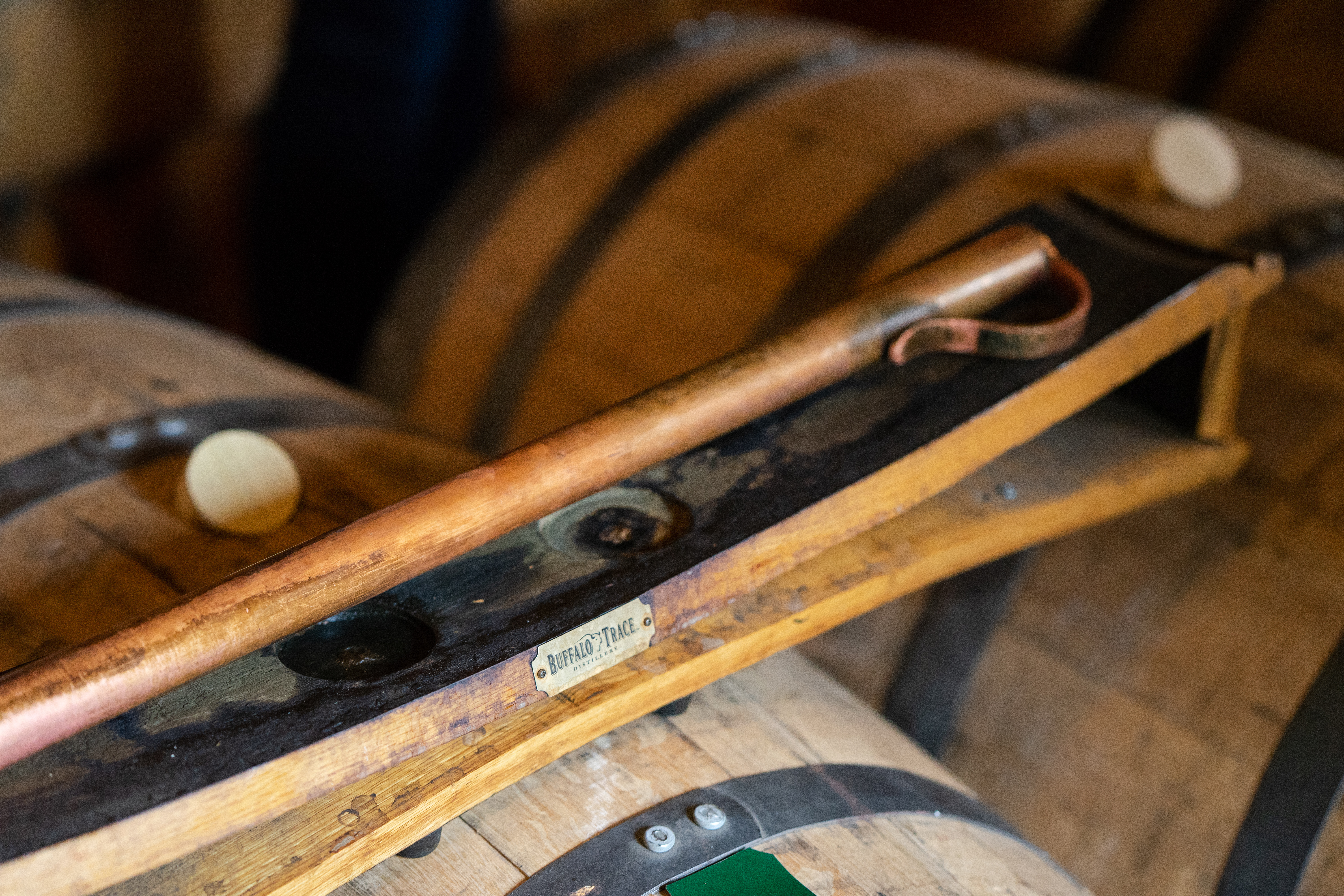
This is another facet of whiskey investing that left me scratching my head at first. Surely you can’t just walk into Buffalo Trace and buy a barrel of Weller, right? Yes, you can. Moreover, how do you know what’s going to actually be a good financial investment in two or 20 years from now?
I’m going to let Gana answer this one!
“Most of the barrels that would make the most are ones that the general public cannot pick anymore. Brands like Michter’s, Macallan, or Springbank would generally never — or very rarely — let you buy a barrel, aged or new.” Gana continues, “Buffalo Trace has a lot of quick flip upside to barreling and selling for a bar program, restaurant, or even club. Four roses recently limited its buying program to a select few, which I think was a great move for the brand to make it even more coveted than it already is.”
The best way to find barrel picks or which distillers are letting you invest in bottles is, again, research. Sometimes that research is as easy as Googling “Jack Daniel’s Barrel Pick.” Sometimes it’s about creating a relationship with the brand team by following their brand ambassadors on IG (or just whiskey influencers), going to the distillery often, and following the news about them.
It’s not all cloak and daggers though. Gana has some more tips. “Brands that are long-term winners are good American single malt whiskies like Virginia Distillery, Westward, or Balcones. Bardstown Bourbon Company is another good place to start.” Gana then turns to Scotland. “Rare aged statement brands from Diageo scotch under their Casks of Distinction program are a good bet, and most certainly Gordon and Macphail!”
Beware Of Fakes
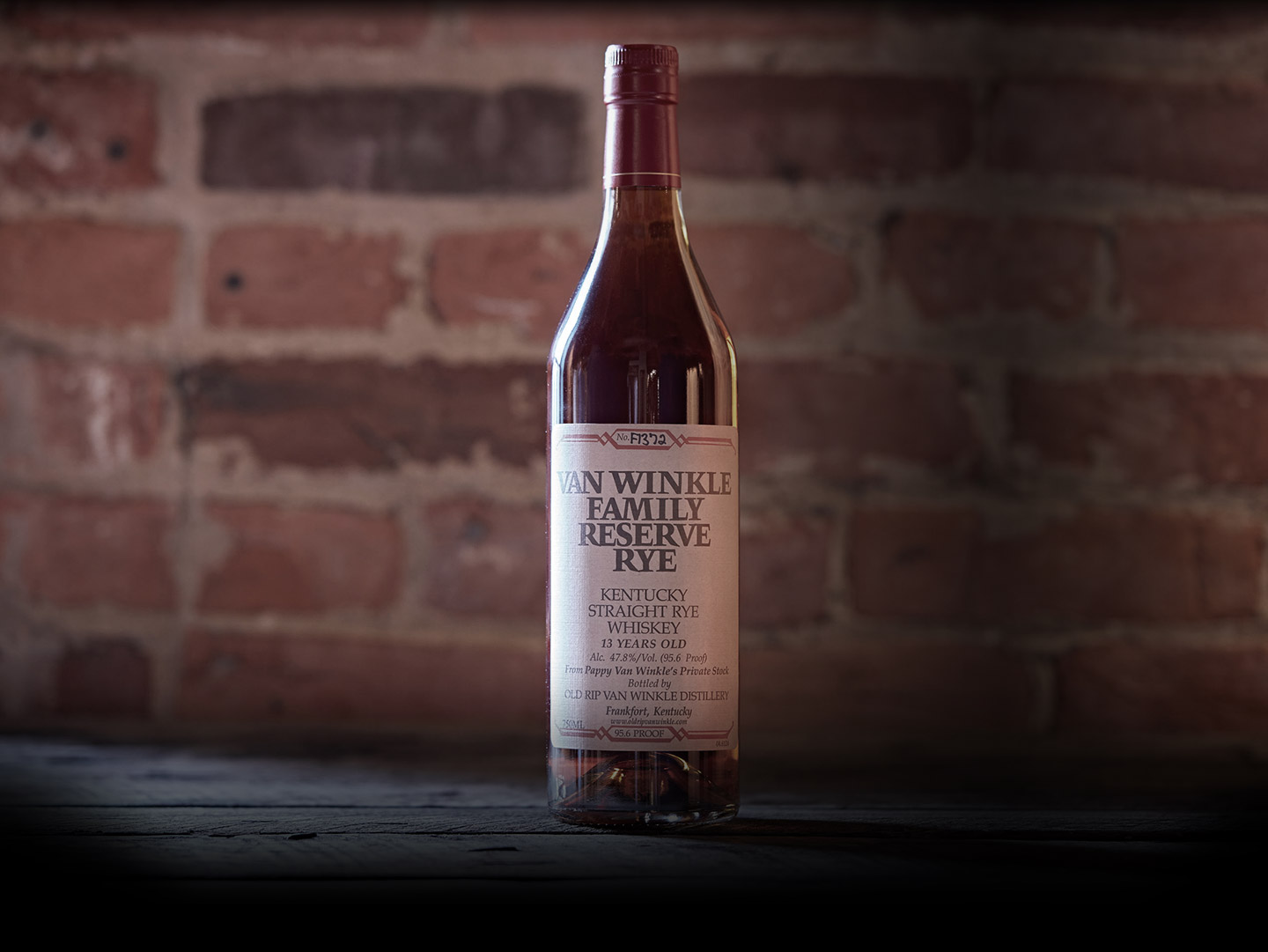
How do you spot a fake? Even Gana says that this is a hard question. Fakes are everywhere these days. Brands like Buffalo Trace, which makes Pappy, have been fighting it with tech. But even then, there’s still an inherent risk with tens or hundreds of thousands of dollars on the line.
Gana’s advice is straightforward, “Usually, my private purchases are from people I trust the most who also have good reputations in the industry.” He continues, “I rarely buy from someone I don’t know. I have seen a ton of people get screwed before.”
I’ve been lucky enough to have heard this advice early and heed it with every transaction I make. Still, even the best of us get hoodwinked from time to time. So this once again goes back to building that community of people you know and more importantly truly trust. Damn, this is starting to sound like you need to build a whiskey mafia to invest in this stuff!
What’s Hot Now?
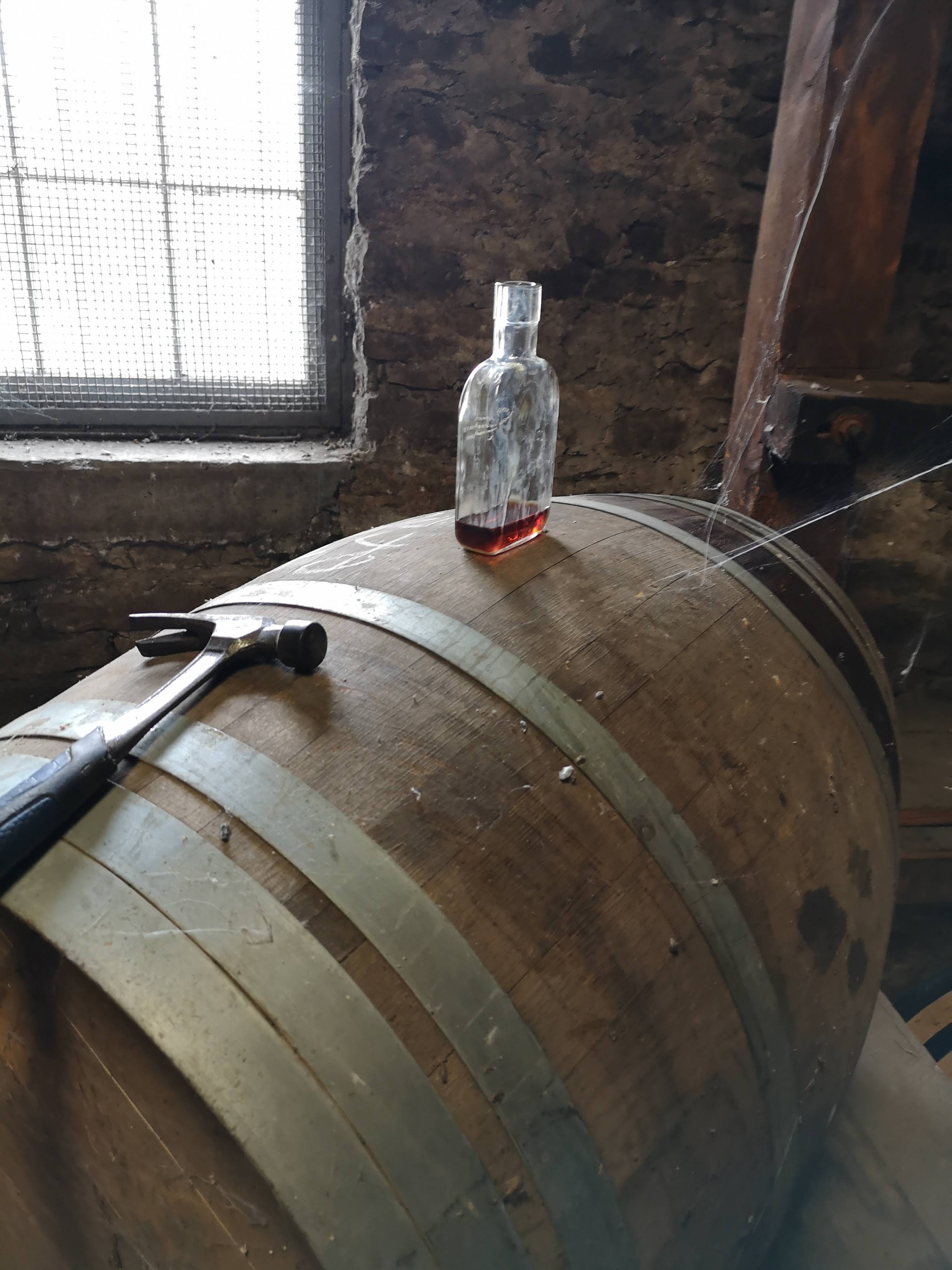
So where do you start? That’s always the biggest question, isn’t it? Well, you already have started if you’re reading this. The next step is to follow Gana on IG and start following other whiskey folks and brands too. But then you actually have to start investing at some point.
Is it worth paying $6,000 for a bottle of Pappy 23 on the aftermarket right now and waiting for it to hit 10k in a few years? Maybe. But what you really want to do is get a bottle of Pappy via a local state-run liquor store lottery at $299.99. That way you’ve made $5,700 when you walk out that door, which means a lot more in your account when it does hit $10,000 in a few years. That applies to any bottle in that range from Kentucky, Scotland, Japan, or wherever.
Still, there are sectors that Gana is excited about more than others. “Bourbon bottles are by far the most intriguing to me right now,” Gana says.
A big part of that is that bourbon has a long, long way to go to catch up with Scotch and Japanese whisky when it comes to investment ceilings. “Following that,” Gana continues, “it is American single malt barrels and private barrels of Scotch whisky from independent bottlers.”
While we’re not going to hold your hand, you just got a lot of great keywords to get yourself into this right now in that last sentence alone, much less all the ones above it. You have Google in your hand right now. Get started. And good luck!
View this post on Instagram







